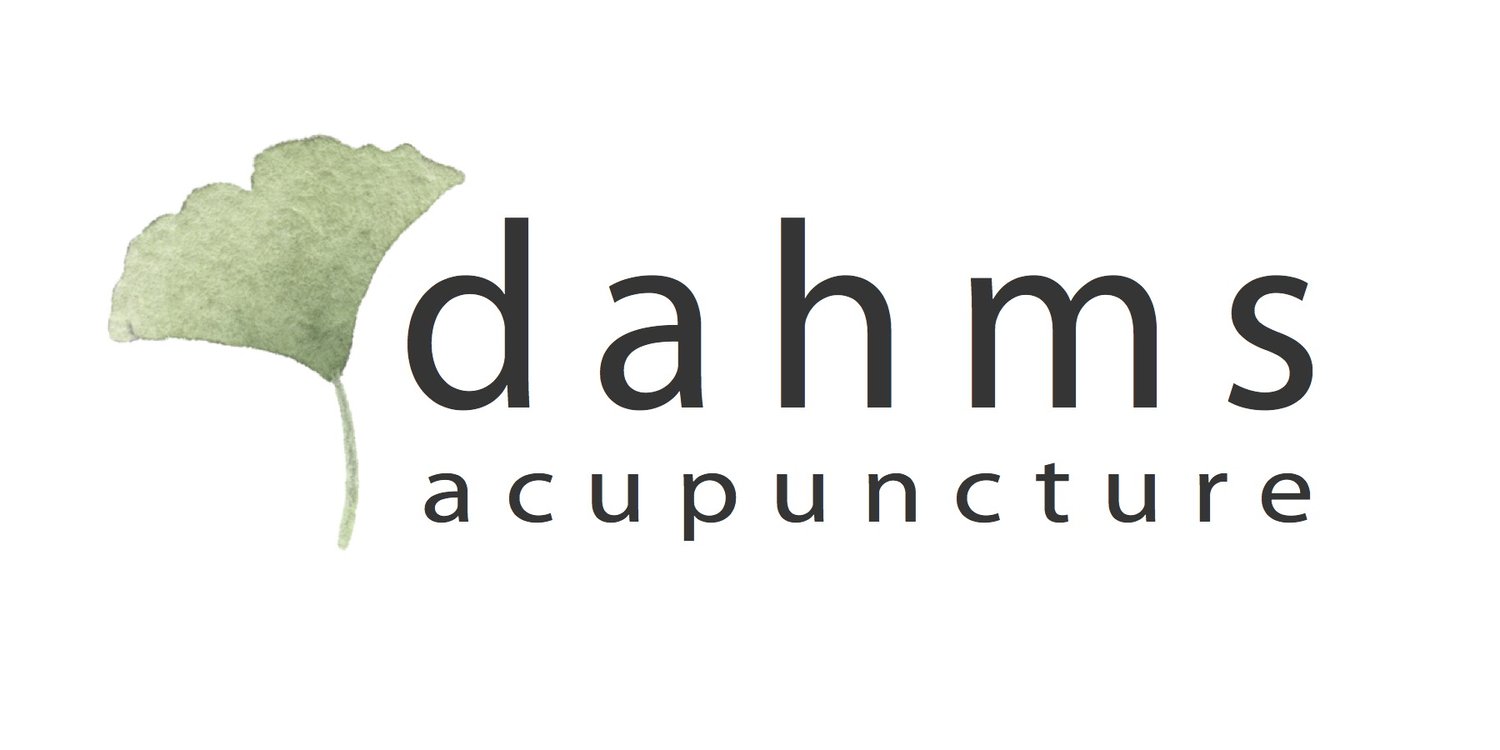Acupuncture and the Treatment of Carpal Tunnel Syndrome
/Carpal Tunnel Syndrome (CTS) is a common and often debilitating condition characterized by numbness, tingling, and weakness in the hand due to compression of the median nerve at the wrist. While conventional treatments like splinting, physical therapy, and surgery are well-established, acupuncture has gained attention as a potential complementary therapy.
I. Understanding Carpal Tunnel Syndrome
CTS occurs when the median nerve, which runs through the carpal tunnel in the wrist, becomes compressed or irritated. This compression can result from various factors, including repetitive hand movements, wrist injuries, or underlying medical conditions. The symptoms of CTS can significantly affect a person's quality of life, making effective treatments crucial.
II. Mechanisms of Action
Pain Modulation: Acupuncture is thought to modulate pain perception by stimulating the release of endorphins, the body's natural painkillers. Research published in the Journal of Pain Research (2018) suggests that acupuncture may alleviate CTS-related pain by affecting pain signaling pathways.
Inflammation Reduction: Chronic inflammation plays a role in CTS development and symptom exacerbation. Acupuncture has shown anti-inflammatory effects by reducing pro-inflammatory cytokines, as demonstrated in a study published in the journal Neural Plasticity (2015). This may help alleviate inflammation-related symptoms in CTS.
Nerve Function Improvement: Studies in animal models, such as one published in Neurological Research (2014), suggest that acupuncture may promote nerve regeneration and improve nerve function. This potential mechanism could be relevant to CTS treatment.
III. Clinical Evidence
Symptom Improvement: Several clinical studies have examined the effectiveness of acupuncture in relieving CTS symptoms. A randomized controlled trial published in the Journal of Pain Research (2019) found that acupuncture significantly reduced pain and improved hand function in CTS patients compared to a control group.
Adjunct to Conventional Treatments: Acupuncture is often used as an adjunct therapy in conjunction with conventional treatments like wrist splints or physical therapy. A systematic review and meta-analysis in the Journal of Orthopaedic Surgery and Research (2019) concluded that acupuncture combined with conventional therapies had a greater positive effect on CTS symptoms than conventional treatments alone.
IV. Safety Considerations
Acupuncture is generally safe when administered by qualified practitioners. Common side effects include minor bruising, soreness, or temporary discomfort at the needle insertion sites. However, acupuncture carries minimal risk when performed by trained professionals. Patients with CTS should consult their healthcare provider and ensure that acupuncture is an appropriate addition to their treatment plan.
Conclusion
The evidence surrounding acupuncture as a complementary therapy for Carpal Tunnel Syndrome is promising. Acupuncture appears to offer pain relief, reduce inflammation, and potentially improve nerve function, making it a viable option for individuals seeking alternative or adjunctive treatments for CTS.
While acupuncture may not replace conventional interventions such as wrist splinting or surgery, it can be integrated into a comprehensive treatment plan to enhance symptom management and improve overall well-being. Patients with CTS should consult with qualified acupuncture practitioners and collaborate with their healthcare providers to determine the most appropriate treatment approach for their specific needs.
As research in this area continues to evolve, acupuncture's role in the management of CTS may become more clearly defined, providing patients with additional options for effectively managing this common and sometimes debilitating condition.
References:
Yang CP, Wang NH, Li TC, Hsieh CL, Chang HH, Hwang KL, et al. A randomized clinical trial of acupuncture versus oral steroids for carpal tunnel syndrome: a long-term follow-up. J Pain. 2011;12(2):272-9.
Zhang R, Lao L, Ren K, Berman BM. Mechanisms of acupuncture-electroacupuncture on persistent pain. Anesthesiology. 2014;120(2):482-503.
Sandireddy R, Yerra VG, Areti A, Komirishetty P, Kumar A. Neuroinflammation and oxidative stress in diabetic neuropathy: futuristic strategies based on these targets. Int J Endocrinol. 2014;2014:674987.
Kim SR, Stoll EA. The efficacy of acupuncture as an adjunct treatment for carpal tunnel syndrome. J Pain Res. 2019;12:203-215.
Yang CP, Hsieh CL, Wang NH, Li TC, Hwang KL, Yu SC, et al. Acupuncture in patients with carpal tunnel syndrome: a randomized controlled trial. Clin J Pain. 2009;25(4):327-33.
Wu YT, Ke MJ, Ho TY, Li TY, Shen YP, Chen LC, et al. Acupuncture for the treatment of carpal tunnel syndrome: a randomized controlled trial with six months of follow-up. Evid Based Complement Alternat Med. 2018;2018:7471852.
Lee JH, Choi TY, Lee MS, Lee H, Shin BC, Ernst E. Acupuncture for acute low back pain: a systematic review. Clin J Pain. 2013;29(2):172-85.









